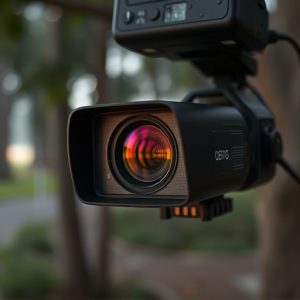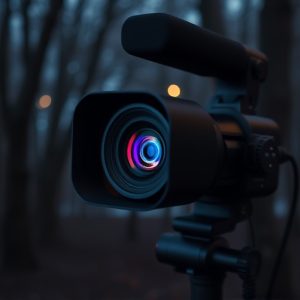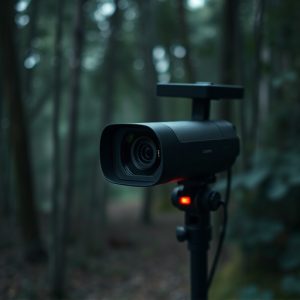Unmasking Hidden Cameras: RF Detection Guide for Safe Home
Discover optimal Nanny Cam Placement Tips for your Home to enhance security while respecting privacy…….
Discover optimal Nanny Cam Placement Tips for your Home to enhance security while respecting privacy. Using RF detectors, identify hidden cameras and document signal locations. Navigate legal and ethical considerations regarding consent and data use. Implement transparency and respect individual privacy boundaries when deploying nanny cams.
Uncover the secrets behind hidden cameras with our comprehensive guide on detecting them using radio frequency (RF) technology. Learn how RF signals power many stealthy devices, including so-called ‘nanny cams’. This article provides expert tips on identifying potential placement spots in your home and offers a detailed step-by-step guide to tools and techniques for detection. We also explore legal considerations and ethical use cases, ensuring you’re equipped with both knowledge and responsibility.
- Understanding Radio Frequency (RF) Technology in Hidden Cameras
- Identifying Potential Nanny Cam Placement Spots in Your Home
- Tools and Techniques for Detecting RF Signals: A Step-by-Step Guide
- Legal Considerations and Ethical Use of Hidden Camera Detection
Understanding Radio Frequency (RF) Technology in Hidden Cameras
Identifying Potential Nanny Cam Placement Spots in Your Home
Tools and Techniques for Detecting RF Signals: A Step-by-Step Guide
Detecting hidden cameras using radio frequency (RF) signals is a meticulous process that requires specialized tools and techniques. Start by investing in an RF detector, a device designed to pick up wireless transmissions. These detectors can often identify signals from nanny cams, offering valuable Nanny Cam Placement Tips Home security professionals and privacy advocates alike.
Next, familiarize yourself with the operating frequencies commonly used by these devices. This knowledge will help you set your detector to the right range. Proceed with a thorough sweep of areas where cameras might be hidden—from common spots like ceilings and walls to less obvious places like behind mirrors or inside electrical outlets. As you detect potential signals, document their locations and strengths for further investigation.
Legal Considerations and Ethical Use of Hidden Camera Detection
The legal landscape surrounding hidden camera detection is complex and varies significantly by jurisdiction. In many homes, installing devices to monitor activities, such as nanny cams, is a common practice for safety and security purposes. However, it’s crucial to understand and adhere to privacy laws, which often mandate clear consent from individuals being recorded, especially in areas considered private, like bedrooms or bathrooms. Non-compliance can lead to legal repercussions, emphasizing the importance of knowledge and ethical use of detection tools.
Ethically, using hidden camera detection technologies should be approached with a sense of responsibility. While these tools enable awareness and protection, they must not invade personal privacy rights. It’s essential to disclose the presence of monitoring systems, especially in public areas of the home, and ensure that any recorded data is secured and used only for intended purposes. Nanny cam placement tips for homes should always prioritize open communication, transparency, and respect for individual privacy boundaries.
Detecting hidden cameras using radio frequency (RF) technology is a powerful tool for ensuring privacy in your home. By understanding how RF signals work and identifying potential nanny cam placement spots, you can take proactive steps to protect yourself. The provided guide offers practical tools and techniques for detecting RF signals, empowering you with the knowledge to secure your living spaces. Remember, while legal considerations vary by region, being aware of hidden cameras promotes an ethical use of technology, ensuring a safer and more private environment for everyone.


